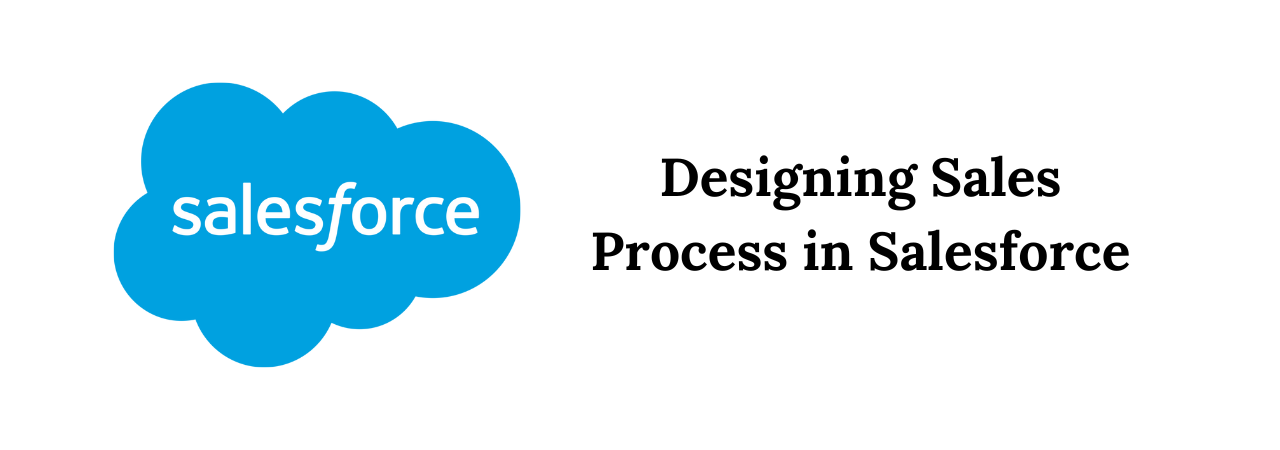
Every company is unique, but all companies want to find, sell to, and keep customers. Salesforce has the tools you need to grow your pipeline and make more sales. Salesforce features designed to support your sales process include leads, campaigns, products, price books, opportunities, and quotes.
What is Sales Process?
A sales process is a set of repeatable steps that sales team takes to convert prospects into customers. Building a sales process is absolutely necessary to company’s success. Sales Funnel is commonly used term for a Sales Process, another commonly used term is Sales Pipeline.
Defining a Sales Process is important so that managers can accurately forecast and create realistic pipeline reporting. A properly defined process reduces wastes and is able to scale. In the past, companies simply used to pay high commissions and let the sales staff figure out how to prospect and make the sales that’s proven to work okay in times of rapid growth, but it makes onboarding new hires difficult, and predicting revenue incredibly difficult.
Salesforce, out of the box, has a lot of the necessary tools to implement a simple Sales Process. Most of Salesforce’s standard objects are related to the sales stage.
Leads:
The handoff mechanism between marketing and sales.
Accounts:
Used to capture company information such as name, website, and location. These are companies you have a relationship with and are potential customers.
Contacts:
People associated to an account who matter to your business.
Opportunities:
Potential revenue-generating sales deals that you want to track until the deal closes.
Activities:
Drives your sales performance.
Leads help facilitate qualification of potential deals. They’re necessary to take advantage of the Salesforce duplicate-prevention utility.
The Stage field should define the probability of a sale taking place from the sale’s persons perspective and should be used to determine what the Sales Rep should be doing with the Opportunity. Companies spend a significant amount of energy and expense trying to determine what the stages are and what should be done at each stage.
Make sure that it’s very clear to the sales team when they should be changing the Sales Stage because the wrong stages being set will create inaccurate forecasts. In addition, as your company grows you will probably start looking into implementing marketing automation solution. Commonly used Sales Stages are variations of the following:
Awareness:
In this stage the prospect has become aware of your company and the solution you are providing. Usually your website will do most of the talking in this stage.
Interest:
The sales rep will try to drum up interest. It usually makes sense to send them some white papers, suggest an eBook, and provide educational webinars.
Evaluation:
In the Evaluation Stage they are comparing your company to your competitors, so it makes sense to have Case Studies, Samples (if Applicable), and conduct demos.
Decision:
Sales Rep is going to provide some customer testimonials, additional proof, etc.
Quote / Negotiation:
In this sales stage the Sales Rep is going to send a customized quote, and probably provide some final literature about ROI.
Closed/Won:
This is the final stage of the process; this is where the buyer confirms they want the product are are ready to pay. In the case of B2B sales, this will probably involve purchase orders.
Closed/Lost:
This isn’t really the ideal stage, but sometimes there’s just somebody your company can’t sell to. Make sure your company is Tracking Why a Opportunity or Lead has been lost.
Conclusion:
Building your sales process means identifying when an opportunity should be created. Once you understand how you sell and the processes you have in place, you can use this to configure your Salesforce.

